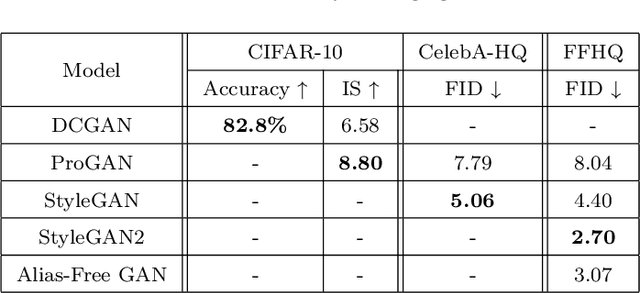Alberto Díaz-Álvarez
Efficient n-body simulations using physics informed graph neural networks
Apr 01, 2025Abstract:This paper presents a novel approach for accelerating n-body simulations by integrating a physics-informed graph neural networks (GNN) with traditional numerical methods. Our method implements a leapfrog-based simulation engine to generate datasets from diverse astrophysical scenarios which are then transformed into graph representations. A custom-designed GNN is trained to predict particle accelerations with high precision. Experiments, conducted on 60 training and 6 testing simulations spanning from 3 to 500 bodies over 1000 time steps, demonstrate that the proposed model achieves extremely low prediction errors-loss values while maintaining robust long-term stability, with accumulated errors in position, velocity, and acceleration remaining insignificant. Furthermore, our method yields a modest speedup of approximately 17% over conventional simulation techniques. These results indicate that the integration of deep learning with traditional physical simulation methods offers a promising pathway to significantly enhance computational efficiency without compromising accuracy.
MOC-AE: An Anatomically-Pathological-Based model for Clinical Decision Support System of tumoural brain images
Jan 09, 2023Abstract:The present work proposes a Multi-Output Classification Autoencoder (MOC-AE) algorithm to extract features from brain tumour images. The proposed algorithm is able to focus on both the normal features of the patient and the pathological features present in the case, resulting in a compact and significant representation of each image. The architecture of MOC-AE combines anatomical information from the patients scan using an Autoencoder (AE) with information related to a specific pathology using a classification output with the same image descriptor. This combination of goals forces the network to maintain a balance between anatomical and pathological features of the case while maintaining the low cost of the labels being used. The results obtained are compared with those of similar studies and the strengths and limitations of each approach are discussed. The results demonstrate that the proposed algorithm is capable of achieving state-of-the-art results in terms of both the anatomical and tumor characteristics of the recommended cases.
A survey on GANs for computer vision: Recent research, analysis and taxonomy
Mar 21, 2022



Abstract:In the last few years, there have been several revolutions in the field of deep learning, mainly headlined by the large impact of Generative Adversarial Networks (GANs). GANs not only provide an unique architecture when defining their models, but also generate incredible results which have had a direct impact on society. Due to the significant improvements and new areas of research that GANs have brought, the community is constantly coming up with new researches that make it almost impossible to keep up with the times. Our survey aims to provide a general overview of GANs, showing the latest architectures, optimizations of the loss functions, validation metrics and application areas of the most widely recognized variants. The efficiency of the different variants of the model architecture will be evaluated, as well as showing the best application area; as a vital part of the process, the different metrics for evaluating the performance of GANs and the frequently used loss functions will be analyzed. The final objective of this survey is to provide a summary of the evolution and performance of the GANs which are having better results to guide future researchers in the field.
 Add to Chrome
Add to Chrome Add to Firefox
Add to Firefox Add to Edge
Add to Edge